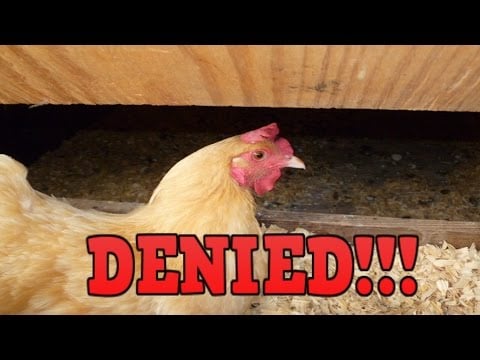My chicks are 2 months old now, they recently started sleeping in the coop at night, so far, night 3 and they really caught on to going into the coop at nightfall (so happy about that), but they are all sleeping in one of the nesting boxes. The roosts we have in the coop are too low and we plan to hang some higher, but what if they continue to do this? It's my understanding that they should be discouraged from hanging out in the boxes. I don't want to block them off, because I want them to be comfortable going in there when they do start to lay.
Along those same lines, when should I start to put hay or other material in the nesting boxes? Right now I just have cardboard to protect the bare wood.
Along those same lines, when should I start to put hay or other material in the nesting boxes? Right now I just have cardboard to protect the bare wood.





